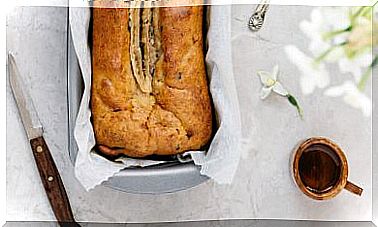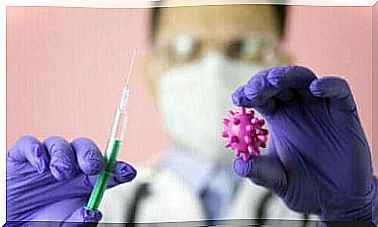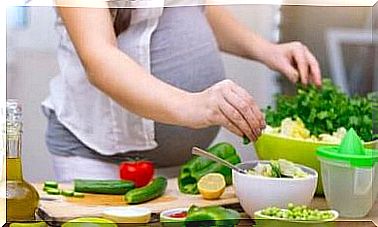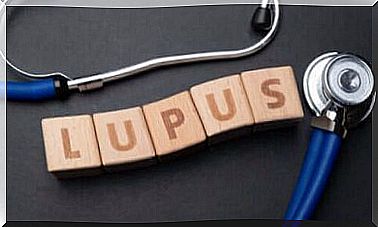Things To Keep In Mind When Transplanting Plants
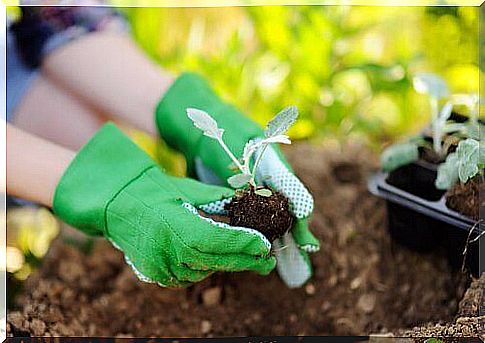
Although transplanting plants may seem simple, there are a few things to keep in mind to keep the plant healthy.
Remember that transplanting plants is not natural for the plant and that it can be harmful for it to change its container or location. Remember that in their natural habitat they would never be transplanted.
Therefore, transplanting a plant is a big change for it, and if not done well, it can weaken a plant greatly. In some cases, the plant can be severely affected and it can die. Read on for some recommendations on how to best replant your plants.
Tips for transplanting plants
The season is crucial when transplanting plants
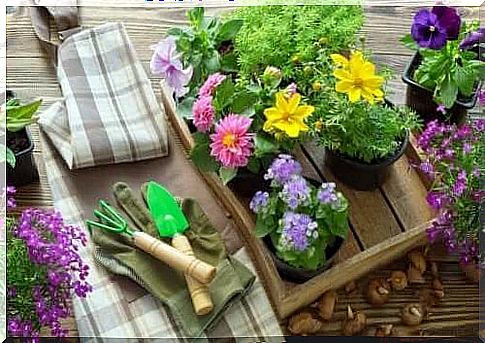
To replant a newly purchased plant, whether you are transplanting it into a pot or into the ground, it does not matter what season it is. Transplantation of newly purchased plants can be carried out at any time of the year without damaging the plant too much. These plants can be transplanted immediately.
If, on the other hand, you transplant a plant from the ground into a pot, the season can make a difference. This is because this process involves damaging the roots, so it is best to wait until the plant’s vegetative activity is minimal. Therefore, the best time to do this is in the winter.
Also read: Do plants in the home make you healthier?
However, if you are moving a plant from a pot out into the ground outside, consider watering. Therefore, it is best to replant these plants during the summer. This ensures that the plant gets more water, because otherwise it will dry out very easily.
Choose which pot you want to use
One of the most important aspects of transplanting a plant is choosing a good pot. A pot that is too small or too large will damage the plant. Pots that are too small do not have enough space for the roots to grow and expand, but a pot that is too large keeps the plant from getting enough water.
It is therefore necessary to observe the development of the plant and choose a pot that allows the plant to continue to grow healthy. To do this, the pot should have a surplus of a few inches of depth and width from the plant. Keep in mind that if the plant is still growing and will continue to do so, it may need to be replanted.
In terms of what the pot should be made of, both clay and plastic pots have their advantages and disadvantages. Plastic pots are very light and inexpensive, so they are economical and easy to transport.
One of the disadvantages of plastic pots is that the sun over time weakens the plastic and that they tend to crack or break. Another problem is that plastic is not a porous material, which can affect the root system of the plant.
Clay pots are very elastic and allow the roots to develop properly. They are also without a doubt nicer than those made of plastic. However, they are more expensive and if they tip over or something hits them, they break.
Extraction of the plant
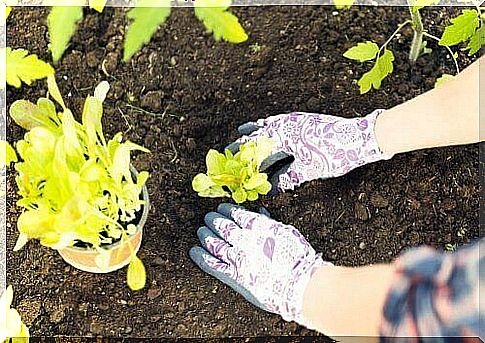
The extraction of the plant is the most delicate part of the transplanting process, especially if it is transplanted from one pot to another. You must remove the plant with great care so that the base of the plant where it meets the ground does not fall apart. If this happens, the plant will have greater difficulty adapting to its new environment.
Also read Dangerous Plants: Seven You Should Not Have at Home
Irrigation is another very important part of transplanting. When the soil is wet, tap the pot to help the soil loosen from it. Finally, gently pull the plant out using its stem or stem.
Location of the plant in its new environment
To introduce the plant into a new pot, it is important to ensure that the plant is in the middle of the pot – that it is neither too high nor too low nor too far from the edge. Finally, fill the area with soil by pressing with a fist so that the soil remains compact.
It is important to prepare soil in advance according to what your plant’s needs are. This will also help the plant adapt to its environment and help provide the nutrients it needs to live healthy.



